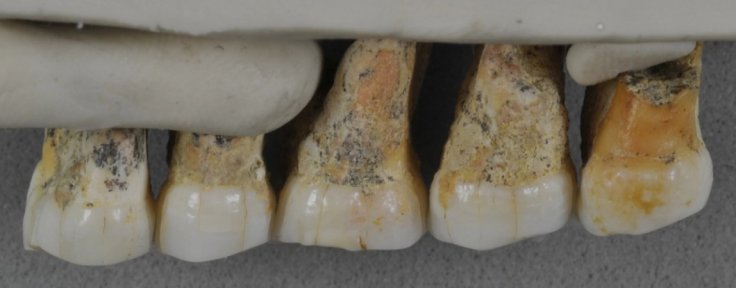Researchers have discovered two 8,500-year-old human teeth, which were used as pendants in a necklace or bracelet, at a prehistoric archaeological site in Turkey. The rarity of the find suggests that the human teeth were imbued with profound symbolic meaning for the people who wore them, said archaeologists from the University of Copenhagen.
During excavations at the Neolithic site of Çatalhoyuk in Turkey between 2013 and 2015, researchers found three 8,500-year-old-teeth that appeared to have been intentionally drilled to be worn as beads in a necklace or bracelet. Subsequent analyses confirmed that two of the teeth had indeed been used as beads or pendants, researchers wrote in an article in the Journal of Archaeological Science.

"Not only had the two teeth been drilled with a conically shaped micro drill similar to those used for creating the vast amounts of beads from animal bone and stone that we have found at the site, but they also showed signs of wear corresponding to extensive use as ornaments in a necklace or bracelet," explained Scott Haddow, University of Copenhagen archaeologist.
The evidence suggests that the two teeth pendants were probably extracted from two mature individuals postmortem. The wear on the teeth's chewing surfaces indicates that the individuals would have been between 30-50 years old.
"And since neither tooth seems to have been diseased - which would likely have caused the tooth to fall out during life, the most likely scenario is that both teeth were taken from skulls at the site," Haddow added.
Researchers have previously found human teeth used for ornamental purposes at European sites from the Upper Paleolithic and the Neolithic, but this practice has never been documented before in the Near East during these or subsequent time frames. Perhaps these human teeth pendants were related to specific, and rare, ritual taboos.
"Or perhaps we should look to the identity of the two individuals from whom the teeth were extracted for an explanation?" said researchers.









